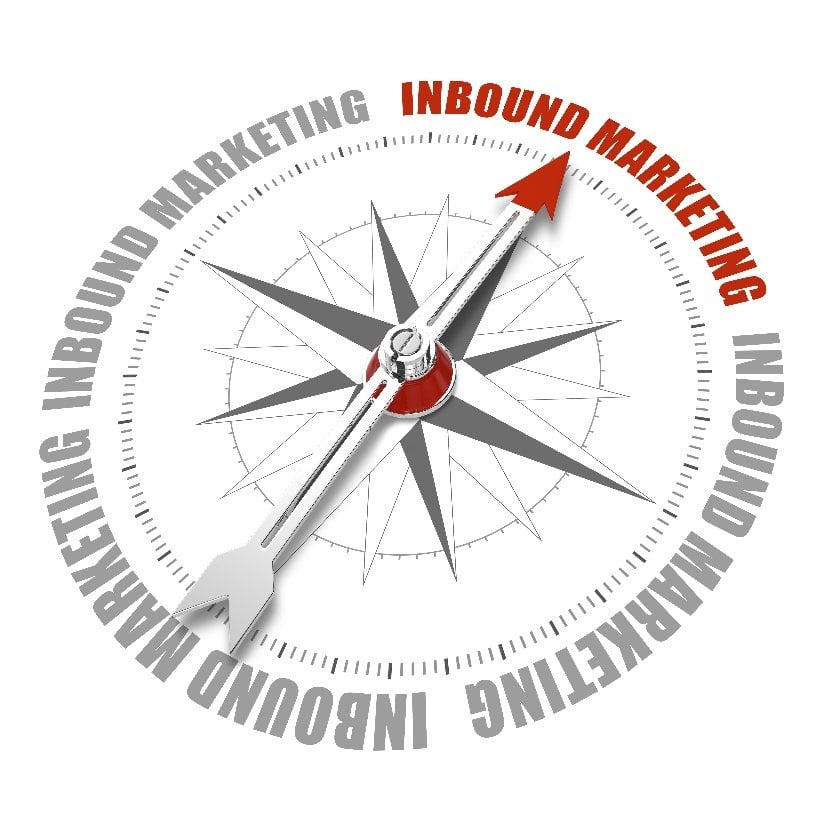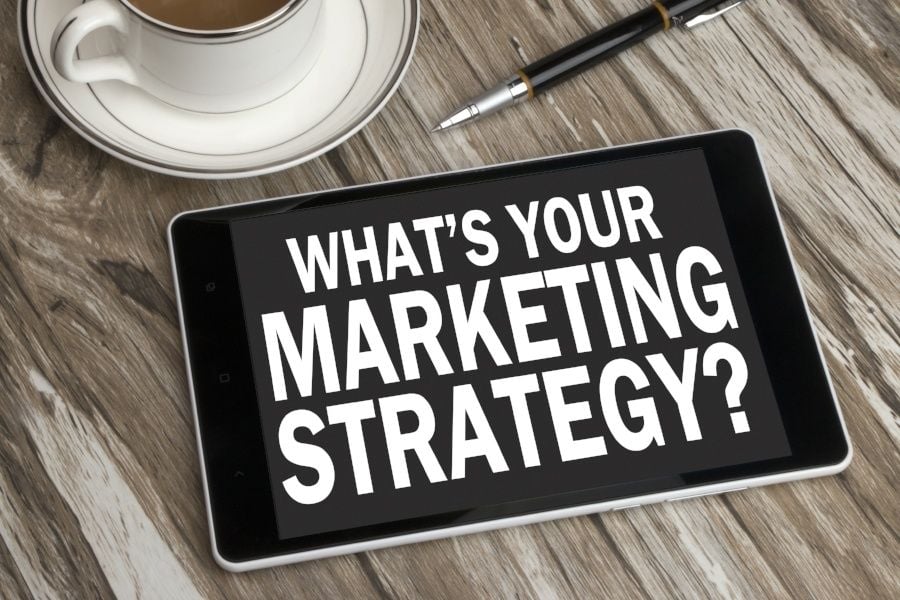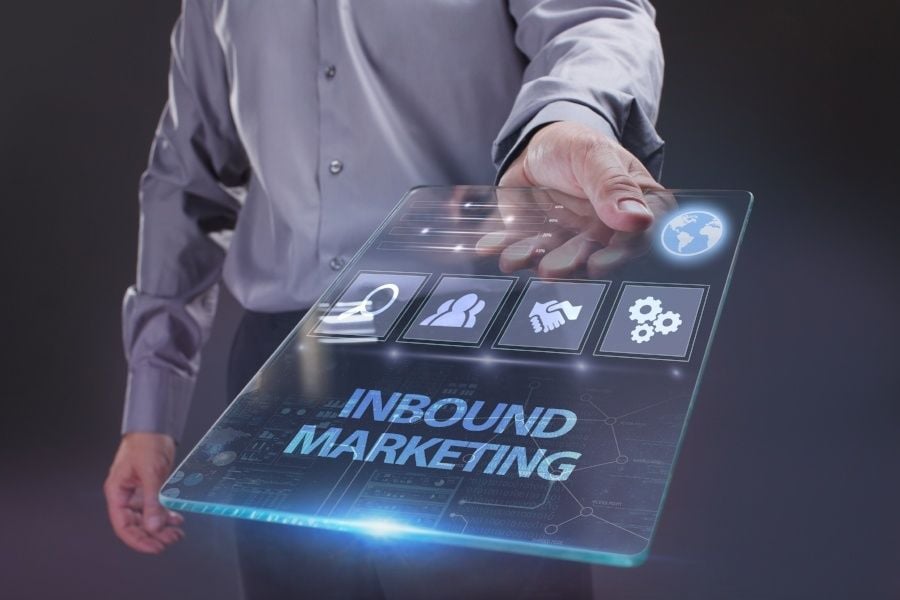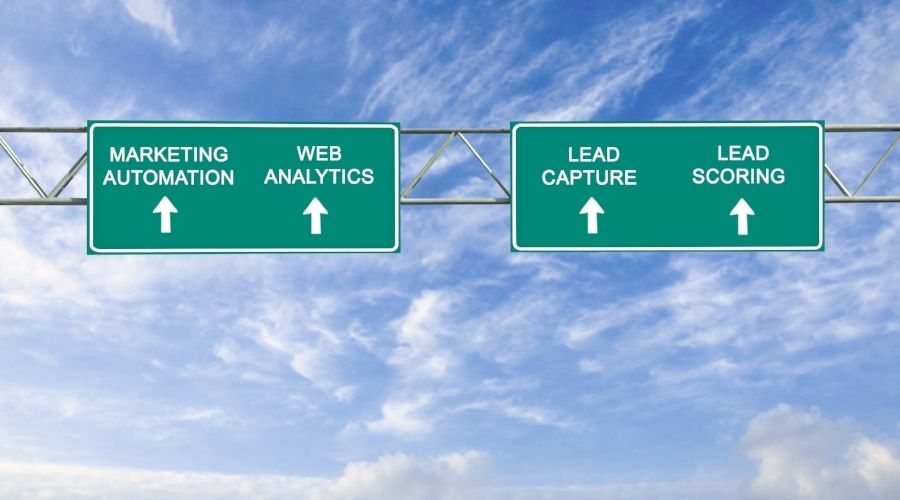
So, you want to get started with inbound marketing but aren’t sure where you need to start? It’s a pretty common position to be in and one that I speak with a lot of clients about during the initial phases of our engagement.
The benefits of inbound marketing are desirable and easy to see when a strategy is executed well, but inbound marketing strategy includes aspects from many channels, with many different pieces of marketing collateral and content to get the job done.
Knowing where to start can be difficult. Today 68% of buyers spend a significant amount of time reading content from a company before buying from them.
In this article, I’ll detail the core foundation that should be a part of every single inbound marketing plan. These are the same foundations that we use when we put together a plan for our own clients.
Persona Development and Targeting
You can’t put together an effective inbound marketing strategy if you don’t know who you are putting it together for. Target personas help you to paint a vivid picture of the ideal customer for your business and learn more about them.
A standard customer persona profile includes backgrounds, roles and responsibilities, motivations, personalities, goals, and challenges.
While most business owners would say they know this information off the top of their heads, putting together personas is more about getting it down on paper for your entire team to use when crafting content and making decisions.
By crafting customer personas, you help yourself refine your marketing messaging across the board.
Personas inform the direction of all inbound marketing efforts. They are especially useful when you craft top-of-the-funnel content that is used to draw interest and bring leads to your site.
Your personas define who you are talking to and who you can help the most. They are your ideal customers, and all inbound efforts should be targeted toward those specific personas.
Goals and Metrics
When I put together an inbound marketing plan, choosing the right goals and metrics is essential. You have to define the metrics that you will use so that you have a reliable measurement and finish line for a successful engagement.
The goals that any company sets will depend on its own position. No two company’s goals should be the same because a successful goal is always attached to your own operations and standing within your industry.
Macro-level business goals like improving revenue or leads generated per quarter will play one part, but more technical metrics also have their place in any inbound marketing plan.
In new engagements, I always turn to the SMART goals system to ensure that any goal that we pick is relevant and puts us in a position for success. The SMART methodology helps to establish concrete and achievable goals.
Inbound marketing strategies always need to be tweaked as time goes on. As we are able to capture more data, we learn things about your industry and audience.
Over time, it is important to use metrics and goals to determine what areas of your strategy are working as hoped and what areas must be changed to improve your inbound marketing results.
Blogging and Content Strategy
Your blogging and content strategy is the main foundation of any inbound marketing campaign. It is the real draw to your business.
A well-developed content strategy uses your target personas, keyword research, and industry research to put together engaging content that touches on the biggest pain points that your customers deal with every day.
A few questions that you should ask yourself as you put together your blogging and content strategy include:
- What advice do you have to offer to your customers?
- What is the most valuable information you can provide to your target personas?
- What interesting and unique stories do you have to tell?
Questions like these, combined with content that is based on effective keyword and market research, put you in a position to deliver content that your audience finds genuinely useful.
I couldn’t tell you how many times I’ve worked with companies that were delivering the type of content that they would like to read, not the content that their customers would like to read. It’s an easy mistake to make.
Social Media Strategy
Social media plays a key role in any inbound marketing strategy. Everyone is on social media, and more than half of users use more than one social media platform.
Inbound marketing is all about meeting your customers where they already are, instead of forcing them to come to you to learn about your product and company.
Social media is used to grow the reach of the content that you produce, genuinely connect with customers that are looking for what you have to offer, and grow brand awareness within your industry.
A solid social media strategy is never just one thing. It’s a part marketing channel, part customer service channel, and part socialization channel.
Knowing how to find that balance is the key to coming across like a real person instead of a company with an automated social media feed.
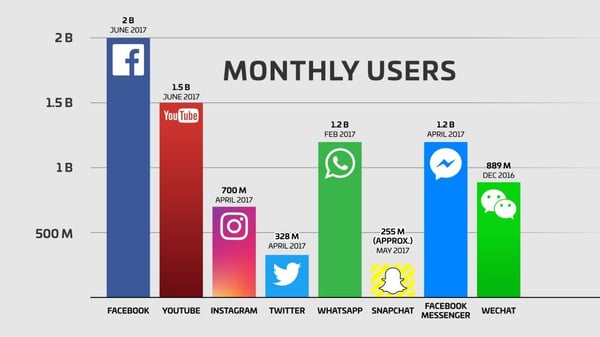
Email Marketing Strategy
Last, but certainly not least, is an email marketing strategy. Email marketing is another core pillar of any inbound marketing plan. Your email marketing strategy is the key component for keeping your company top-of-mind and nurturing leads throughout the sales process.
If we look back at our goal to meet your customers where they already are, there are few platforms that are more important to this concept than email. According to a 2016 report, there are more than 3 billion people in the world using email today.
A solid inbound email marketing strategy will include broadcast emails, nurturing sequences, and persona-based email sequences that really speak to the needs of your specific audience.
While your blog handles the top of the funnel, your email marketing must do the heavy lifting of nurturing leads and continuing to build relationships.
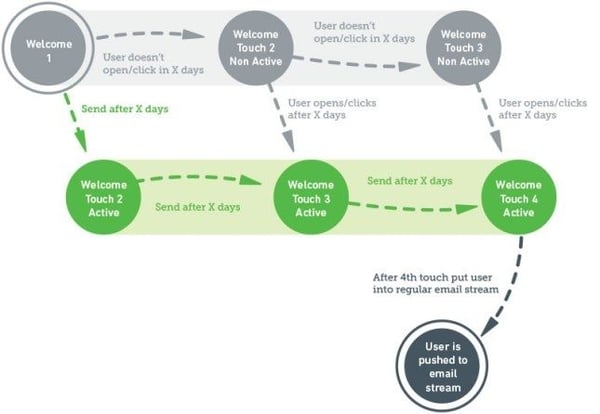
Connected Inbound Strategies
The one point that I want to drive home is that the inbound marketing strategies listed here are all connected. You can’t use a single component of inbound marketing and see worthwhile results.
Your blog, social media, and email marketing strategies must work together to attract your ideal customer personas, nurture relationships with them, and turn them into customers.
Here at RiseFuel, we work to ensure that every inbound marketing plan has, at minimum, these components.
There are other strategies that may be part of the plan depending on your budget and industry, but these represent the foundation of any inbound marketing strategy.




